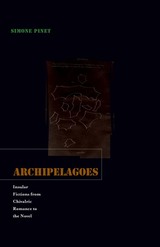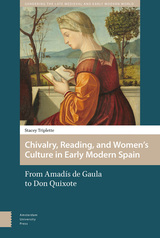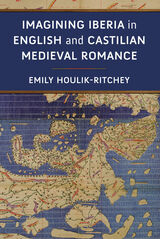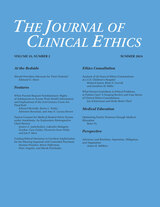
Pinet looks closely at Amadís de Gaula and the Liber insularum archipelagi as the first examples of these genres. Both isolario and chivalric romance (libros de caballerías) make of the island a flexible yet cohesive framework that becomes intrinsic to the construction of their respective genres. The popularity of these forms throughout the seventeenth century in turn bears witness to the numerous possibilities the archipelagic structure offered, ultimately taken up by the grand genres of each discipline—the atlas and the novel.
Moving from verbal descriptions to engravings and tapestry weavings, and from the chivalric politics and ethics proposed in the Amadís de Gaula to the Insula Barataria episode in Don Quixote, Pinet’s analysis of insularity and the use of the island structure reveals diverging roles for fiction, illuminating both the emergence of the novel and contemporary philosophical discussion on fiction.


A new translation of two medieval Spanish versions of the tale of Apollonius, a story central to the premodern literary imagination and a source for Shakespeare’s Pericles.
Incest, riddling, piracy, prostitution, shipwreck, Lazarus-like resuscitation, and seductive musical performances—the story of King Apollonius and his wanderings, with its riveting plot twists, has been told and retold in many languages since its late antique composition. No conventional romance hero, Apollonius proves his mettle not on the battlefield but through study, sport, music, and courtliness. The equally studious and courtly heroines of the romance—Luciana and Tarsiana, Apollonius’s wife and daughter—embark on their own adventures before the family reunites. Throughout, the king’s trials are cast as a Christian allegory of fortune.
Two Castillian versions are included in The Iberian Apollonius of Tyre. The thirteenth-century poem known as The Book of Apollonius, a creative adaptation by an unknown cleric, focuses on Apollonius as a pilgrim figure and Christianizes the narrative. The fifteenth-century prose Life and History of King Apollonius, a highly literal translation of the Latin Gesta Romanorum text by an anonymous Aragonese translator, is representative of vernacular humanism and linked with the genre of the short chivalric tale.
This volume presents new editions and English translations of these two complete, standalone medieval Spanish versions of the ancient legend.

Author Emily Houlik-Ritchey brings an innovative comparative methodology to the study of medieval romance, integrating the understudied Castilian literary tradition with English literature. Intentionally departing from the standard “influence and transmission” approach to comparative work, Imagining Iberia replaces that standard discourse with neighborly modes of comparison drawn from Neighbor Theory to reveal and navigate the relationships among three selected medieval romance traditions: Fierabras in Middle English and Castilian; Floire and Blancheflor in Middle English and Castilian; and Constance in Anglo-Norman, Middle English, Portuguese, and Castilian. Through its comparative approach, Imagining Iberia uncovers an overemphasis within prior scholarship on the relevance of “crusading” agendas in medieval romance. While acknowledging and attending to moments of violence in these narratives, the book ultimately challenges the view that this genre and this subject matter are inevitably structured around religious opposition and conflict. Imagining Iberia’s comparative approach highlights instead the shared investments of Christians and Muslims that emerge in representations of Iberia’s political, creedal, cultural, and mercantile networks in the Mediterranean world.
READERS
Browse our collection.
PUBLISHERS
See BiblioVault's publisher services.
STUDENT SERVICES
Files for college accessibility offices.
UChicago Accessibility Resources
home | accessibility | search | about | contact us
BiblioVault ® 2001 - 2024
The University of Chicago Press









